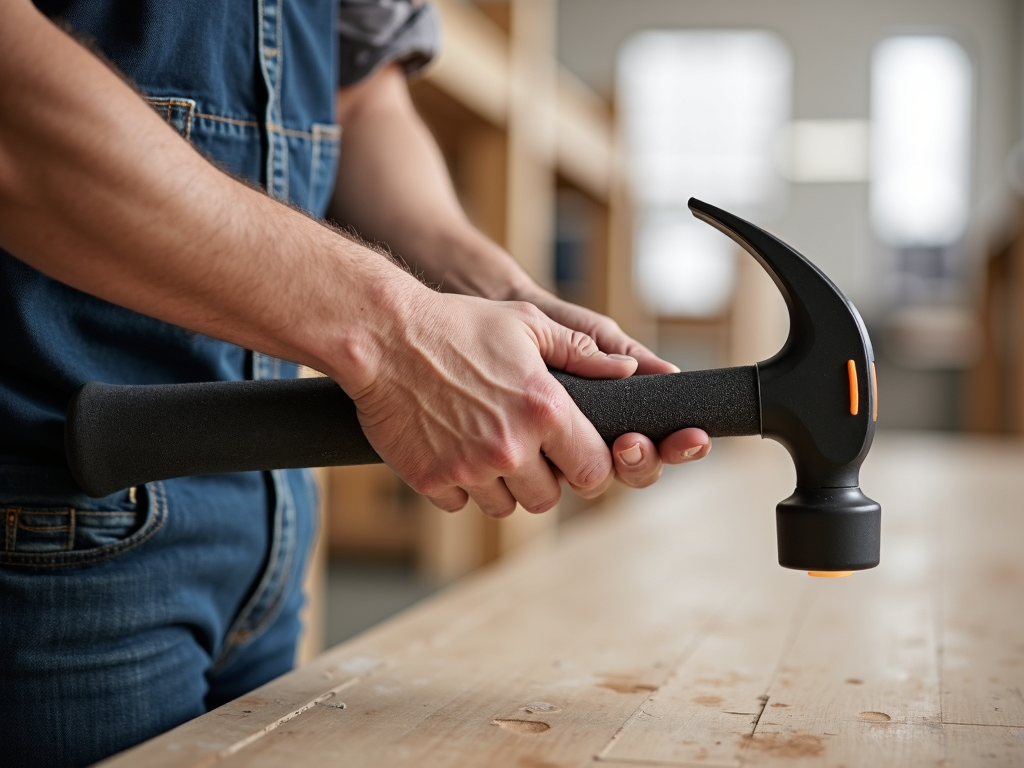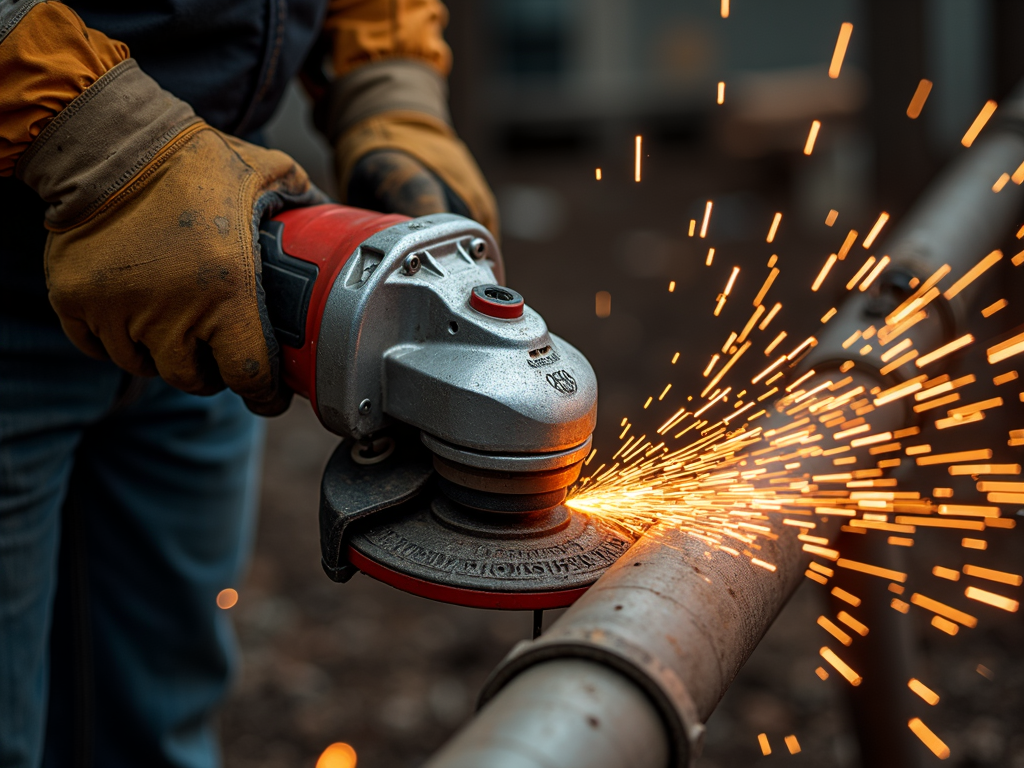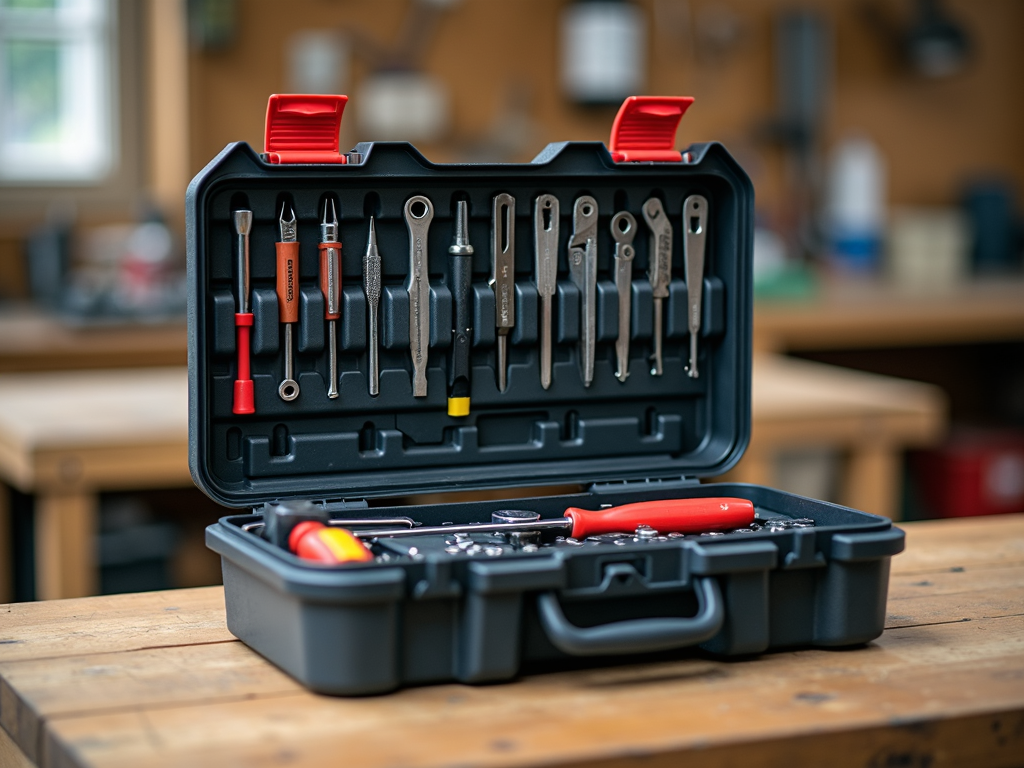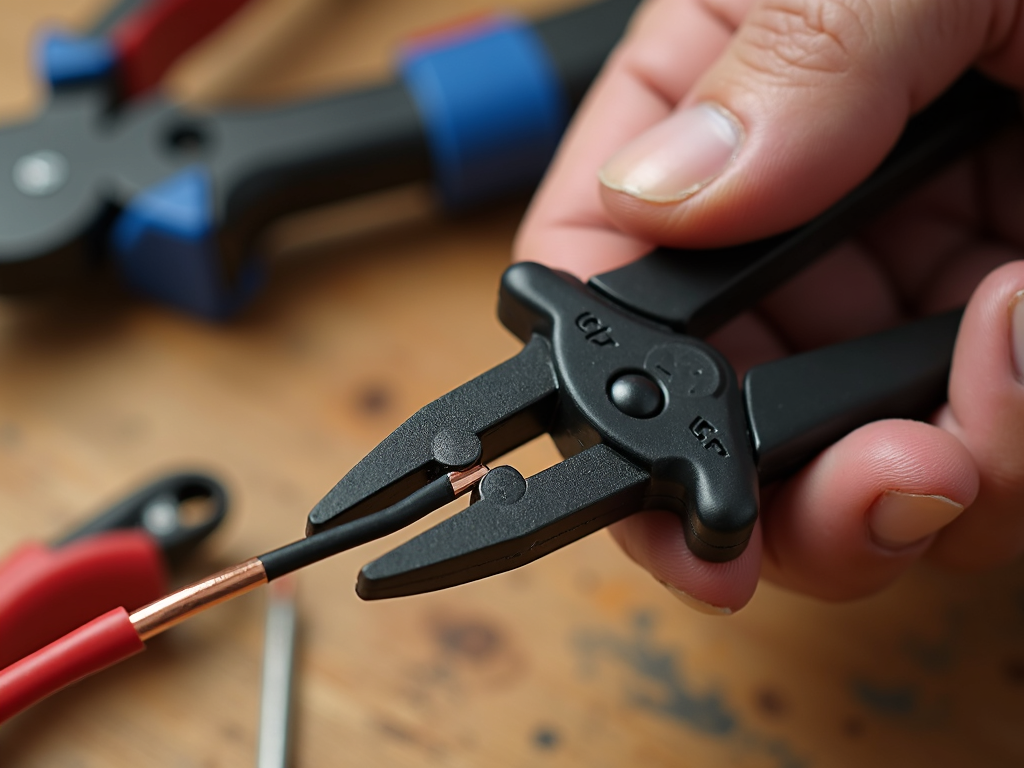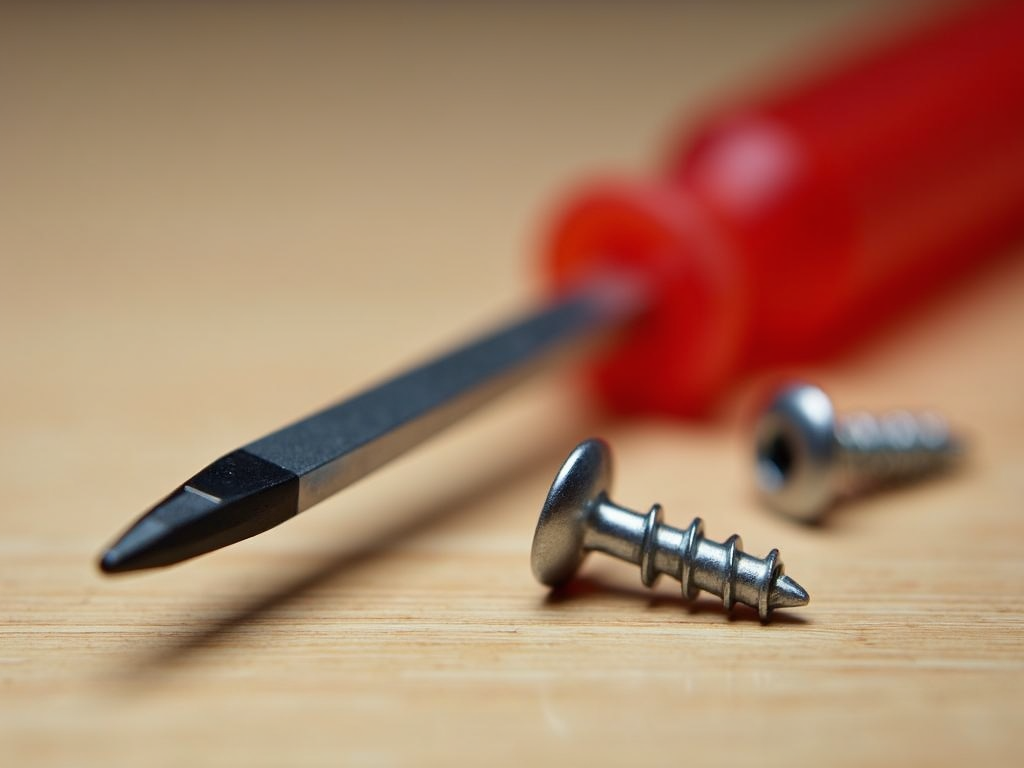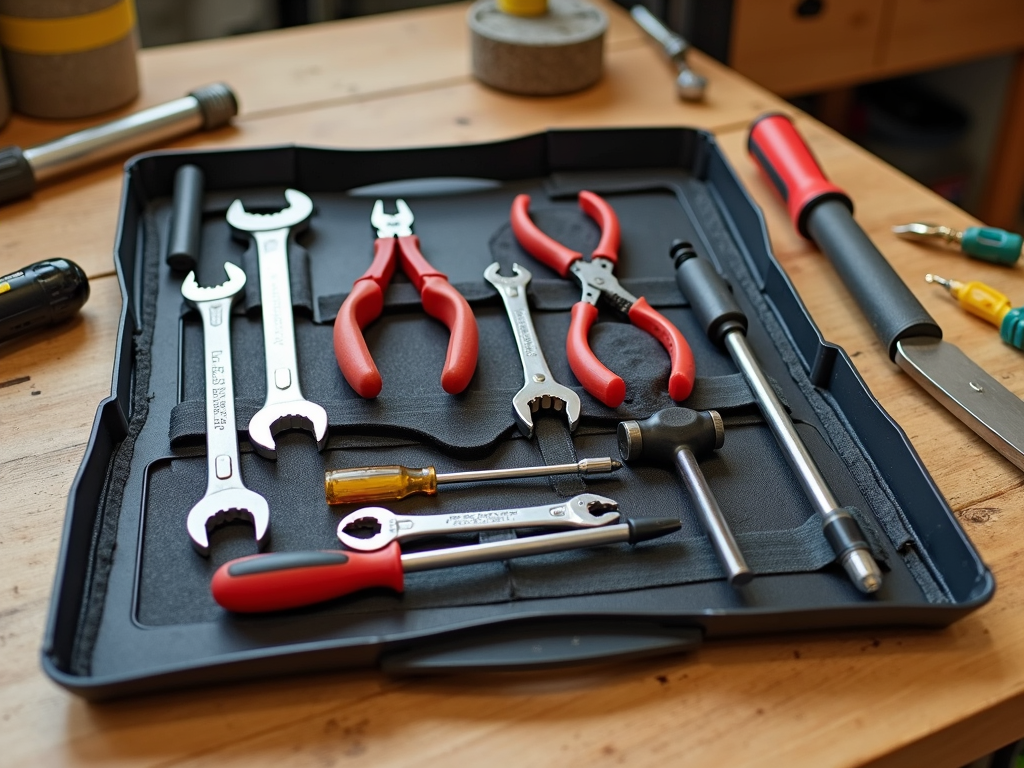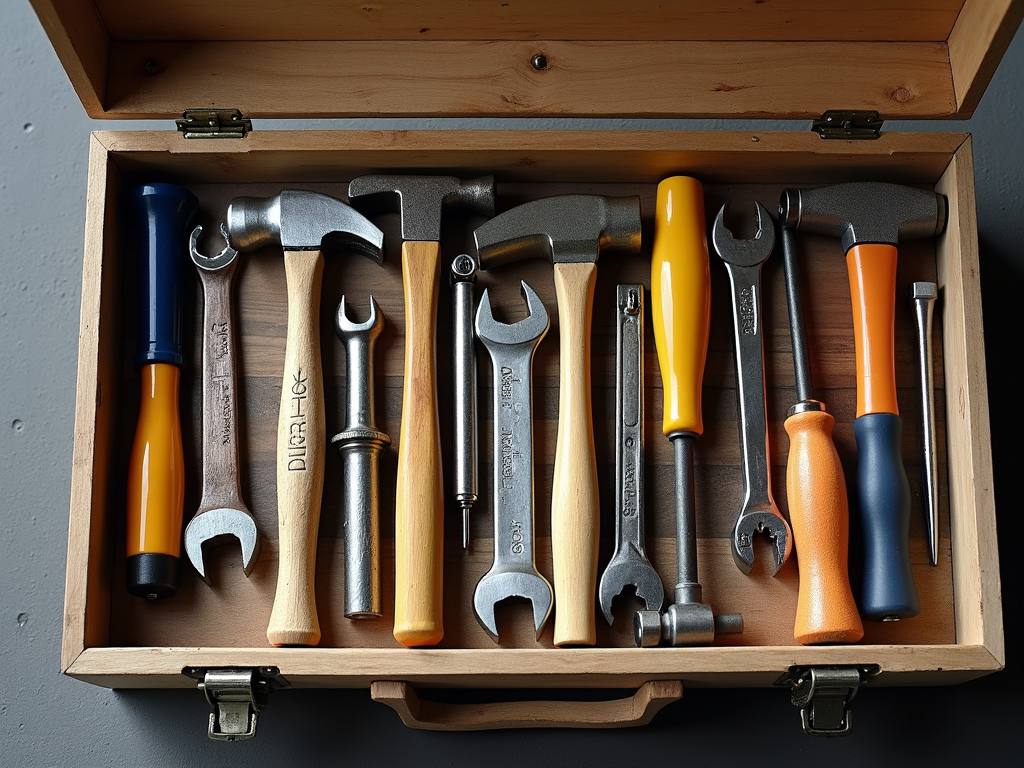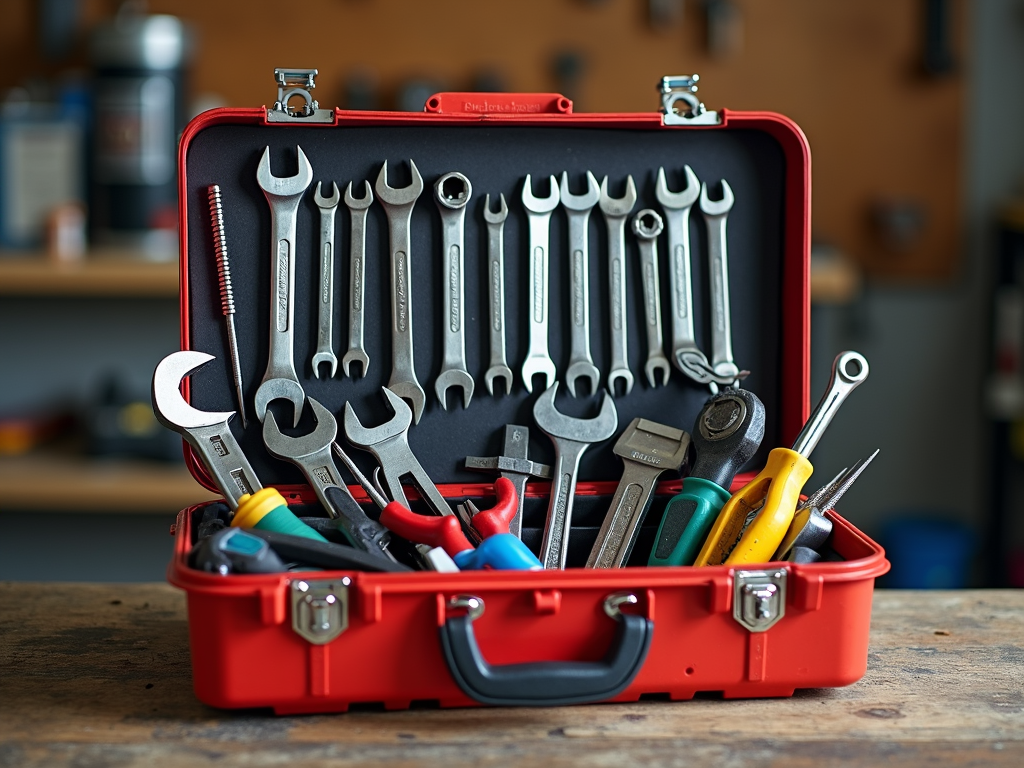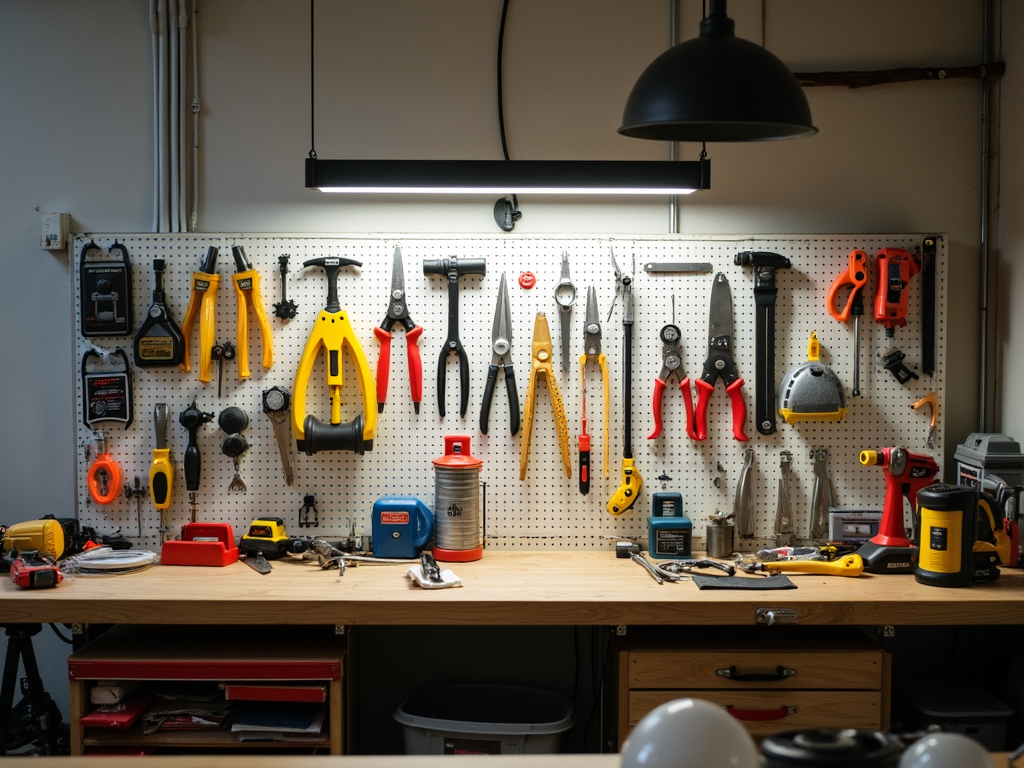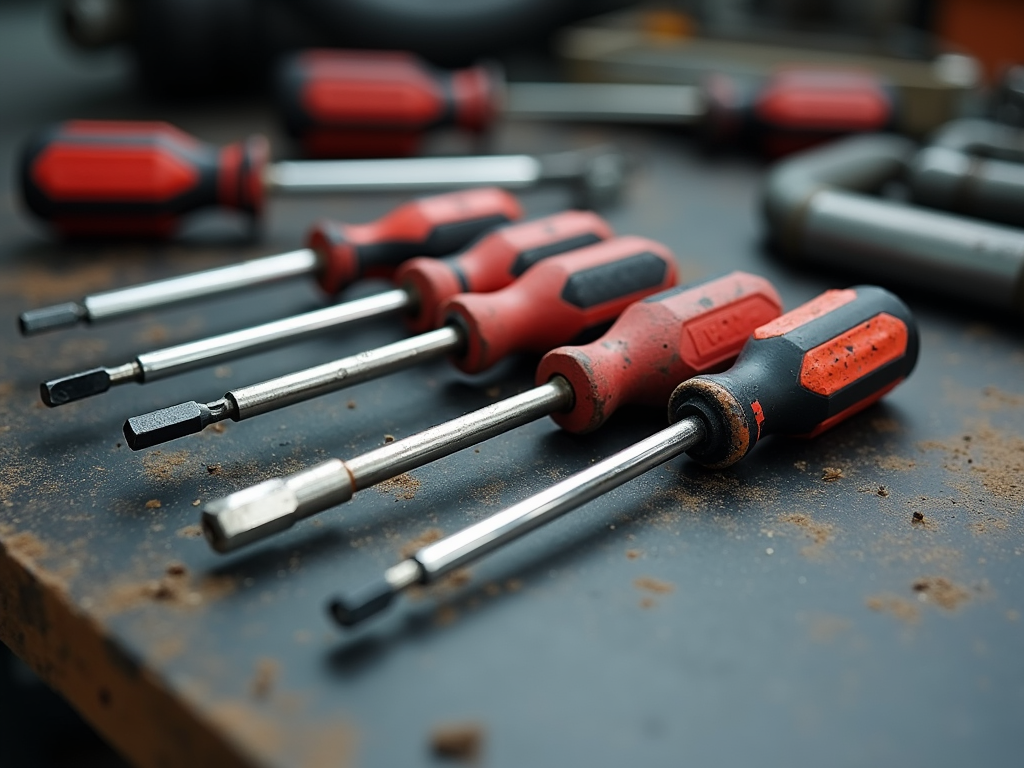Hammers are one of the most fundamental tools in any workman's toolkit. From simple home repairs to complex construction projects, the right hammer can make all the difference. In this guide, we'll explore the various types of hammers for different projects, helping you understand which hammer is best suited for your needs. Whether you're a DIY enthusiast or a professional tradesperson, this article will provide valuable insights into the world of hammers.
Overview
Hammers come in many shapes and sizes, each designed for specific tasks. Understanding the different types of hammers and their uses can save you time, effort, and even prevent damage to your materials. In this article, we'll cover the most common types of hammers, their unique features, and the projects they're best suited for. We'll also share some personal experiences and tips to help you get the most out of these essential workman tools.
Claw Hammer: The All-Purpose Tool
The claw hammer is perhaps the most recognizable type of hammer. It features a flat striking face on one side and a curved claw on the other, perfect for removing nails. Claw hammers are versatile and can be used for a wide range of projects, from hanging pictures to building furniture.
Personal Insight: I've used a claw hammer for countless projects, and it's always my go-to tool for general tasks. Once, while building a wooden bookshelf, the claw came in handy for prying out a misplaced nail without damaging the wood.
For more information on the history and design of claw hammers, check out this detailed article from the University of Vermont.
Key Features: - Flat striking face for driving nails - Curved claw for removing nails - Typically weighs between 16 to 20 ounces
Best For: - General carpentry - Home repairs - DIY projects
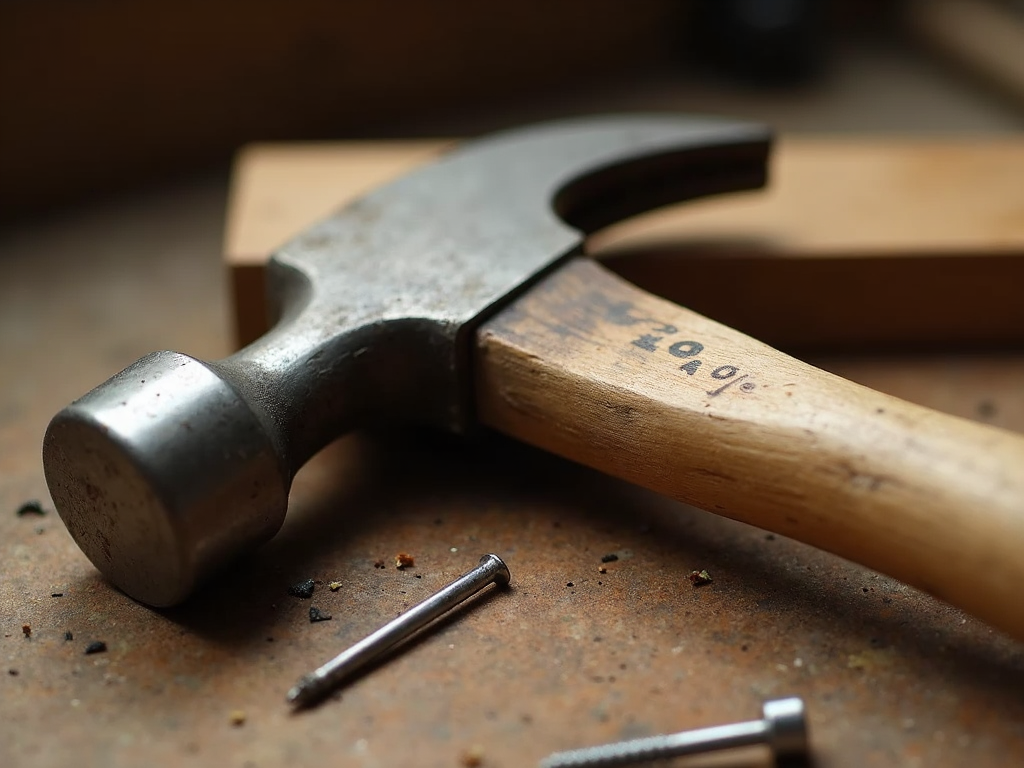
Sledgehammer: For Heavy-Duty Demolition
Sledgehammers are designed for heavy-duty tasks that require significant force. They have a large, flat striking face and a long handle, providing the leverage needed to break through tough materials like concrete or stone.
Personal Insight: I once helped a friend demolish an old concrete patio. The sledgehammer made quick work of the job, but it was exhausting! I learned the importance of using proper technique to avoid strain.
For safety tips on using sledgehammers, refer to this guide from the Occupational Safety and Health Administration (OSHA).
Key Features: - Large, flat striking face - Long handle for increased leverage - Weighs between 2 to 20 pounds
Best For: - Demolition work - Driving stakes - Breaking concrete or stone

Ball Peen Hammer: Precision for Metalworking
Ball peen hammers are essential for metalworking projects. They have a flat striking face on one side and a rounded peen on the other, which is used for shaping metal and setting rivets.
Personal Insight: As a hobbyist metalworker, I've used a ball peen hammer to create decorative patterns on copper sheets. The rounded peen allows for precise control, making it perfect for detailed work.
Learn more about the uses of ball peen hammers in this article from the Massachusetts Institute of Technology (MIT).
Key Features: - Flat striking face for general use - Rounded peen for shaping metal - Typically weighs between 4 to 32 ounces
Best For: - Metalworking - Setting rivets - Shaping and bending metal
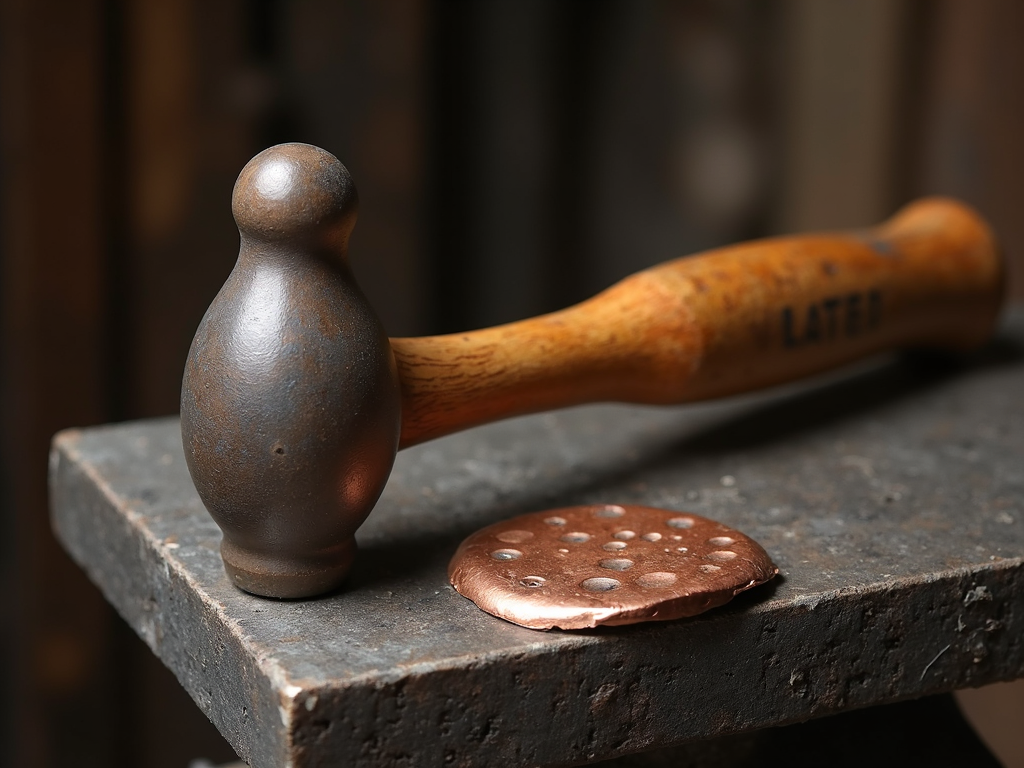
Mallet: Gentle Persuasion for Delicate Tasks
Mallets are hammers with soft heads, usually made of rubber, wood, or plastic. They're designed for tasks that require a gentler touch, such as assembling furniture or working with delicate materials.
Personal Insight: When I was putting together a wooden puzzle, a rubber mallet was invaluable for tapping the pieces into place without damaging them. It's a must-have for any woodworker.
For a deeper dive into the different types of mallets, check out this resource from the Woodworkers Guild of America.
Key Features: - Soft head to prevent damage - Available in various materials (rubber, wood, plastic) - Typically lightweight
Best For: - Assembling furniture - Working with delicate materials - Tapping joints together
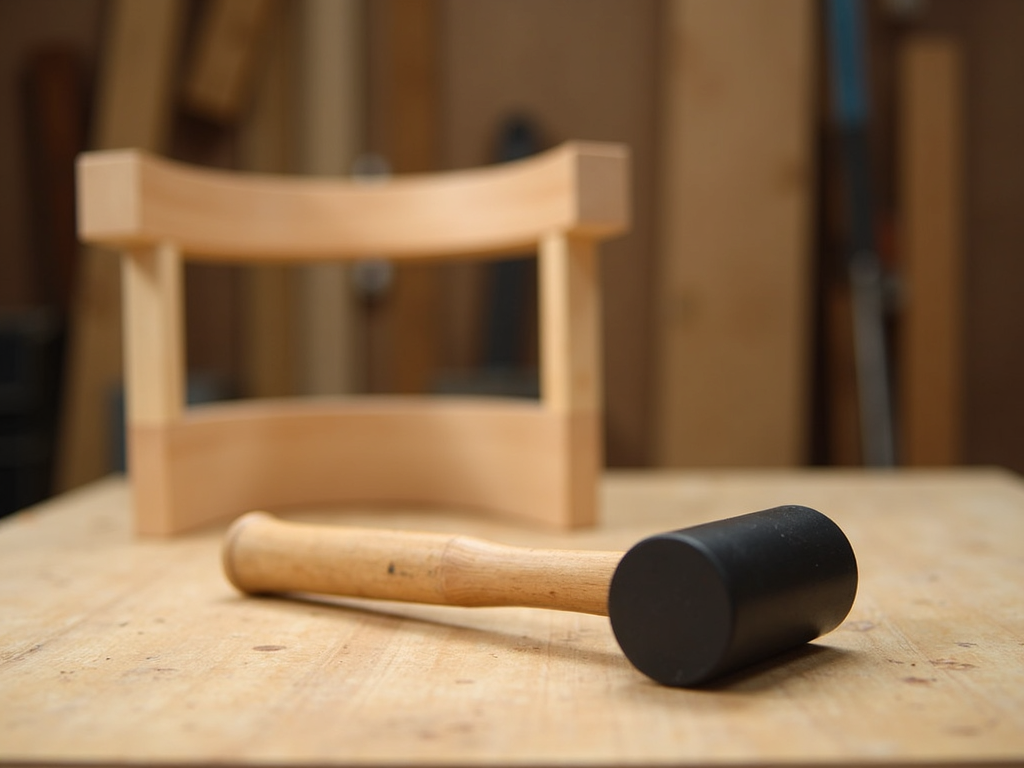
Other Types of Hammers
While the above hammers are the most common, there are several other specialized types worth mentioning:
- Framing Hammer: Similar to a claw hammer but with a longer handle and a waffle-faced head for better grip on nails. Ideal for framing and heavy carpentry.
- Tack Hammer: Small and lightweight, perfect for driving tacks and small nails in upholstery work.
- Dead Blow Hammer: Filled with sand or shot to reduce rebound, minimizing damage to surfaces. Great for automotive work.
Personal Insight: I've used a dead blow hammer when working on my car to avoid marring the surfaces. It's a game-changer for precision work.
For a comprehensive list of hammer types, visit this guide from the National Institute for Occupational Safety and Health (NIOSH).
Comparison Table:
| Hammer Type | Weight Range | Primary Use |
|---|---|---|
| Claw Hammer | 16-20 oz | General carpentry |
| Sledgehammer | 2-20 lbs | Demolition |
| Ball Peen Hammer | 4-32 oz | Metalworking |
| Mallet | Varies | Delicate tasks |
| Framing Hammer | 20-32 oz | Framing, heavy work |
| Tack Hammer | 5-10 oz | Upholstery |
| Dead Blow Hammer | Varies | Precision work |
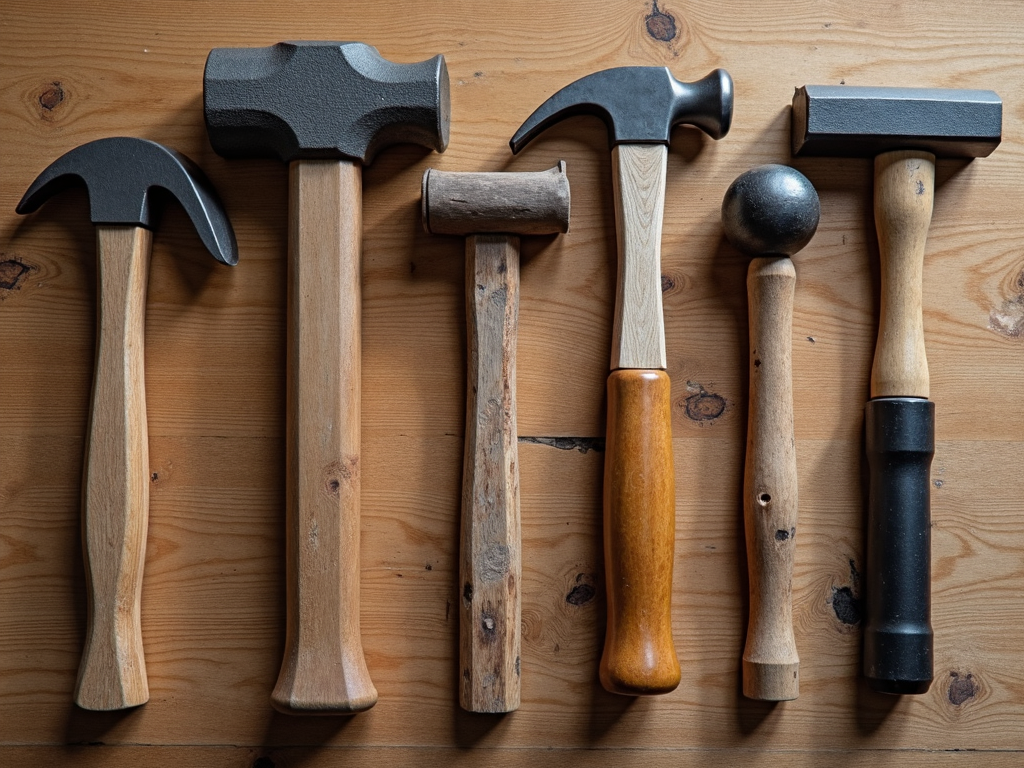
Choosing the Right Hammer for Your Project
Selecting the right hammer depends on the task at hand. Here are some tips to help you choose:
- Consider the Material: For wood, a claw hammer or mallet is ideal. For metal, a ball peen hammer is better.
- Think About the Task: If you're driving nails, a claw or framing hammer is best. For demolition, a sledgehammer is necessary.
- Weight Matters: Heavier hammers provide more force but can be tiring to use. Choose a weight that you can handle comfortably.
- Handle Length: Longer handles provide more leverage but can be harder to control. Shorter handles offer better precision.
Personal Insight: When I first started woodworking, I used a heavy framing hammer for everything. I quickly learned that a lighter claw hammer was much more suitable for most tasks.
For more tips on selecting the right hammer, check out this article from the Home Depot.
Safety Tips for Using Hammers
Using hammers safely is crucial to prevent injuries. Here are some essential safety tips:
- Wear Safety Glasses: Protect your eyes from flying debris.
- Use the Right Hammer: Using the wrong hammer can lead to accidents.
- Check the Hammer: Ensure the head is securely attached to the handle.
- Strike Squarely: Avoid glancing blows that can cause the hammer to slip.
- Keep Your Work Area Clear: Remove any obstacles that could cause you to lose balance.
Personal Insight: I once had a close call when a hammer head flew off mid-swing. Since then, I always check the hammer before use.
For more safety guidelines, refer to this safety manual from the National Safety Council.
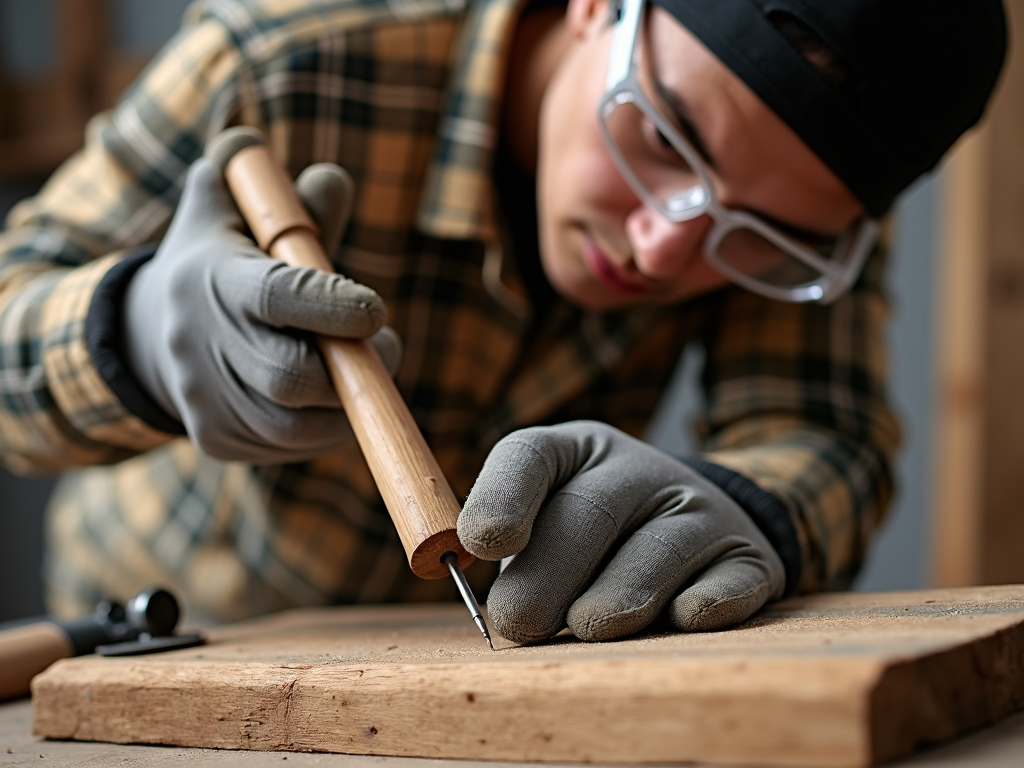
Conclusion
Hammers are indispensable tools for a wide range of projects. By understanding the different types of hammers and their uses, you can choose the right tool for the job and work more efficiently. Whether you're driving nails, shaping metal, or assembling furniture, there's a hammer designed specifically for your task. Remember to prioritize safety and choose a hammer that feels comfortable in your hand.
In this guide, we've covered the most common types of hammers, shared personal insights, and provided tips for selecting and using these essential workman tools. With this knowledge, you'll be well-equipped to tackle any project that comes your way.
Related types of hammers for different projects:
- A Guide to Preventing Work-Related Injuries with Ergonomic Tools
- Top 10 Power Tools Every DIYer Needs
- Guide to Extending the Life of Your Hand Tools
- Comprehensive Guide to Electrical Tools: Everything You Need to Know
- Understanding Different Types of Screwdrivers: A Comprehensive Guide
- Budget-Friendly Tool Sets for DIY Enthusiasts: Your Guide to Affordable Quality
- Top Construction Dangers and How to Dodge Them
- The Ultimate Guide to Workman Tools for Automotive Repair
- Top 10 Must-Have Tools for Every DIYer
- Introduction to Automation Technologies: A Comprehensive Guide
- 10 Tips for Organizing Your Workshop
- Essential Screwdrivers for Mechanics: A Complete Guide
